Big Brother, Little Brother: Government and Social Construct in YA by Justin Joschko
From Ragnarok to Revelations, many of our early myths and narratives feature detailed ruminations on the apocalypse, how it will occur, and what will happen to the poor beleaguered souls forced to endure it.
That obsession hasn’t gone away—a quick glance over the movies and novels of the last fifty years offers a smorgasbord of potential Armageddons, from natural disasters to alien invasion to species-ending plagues—but it has shifted. From their origins as mythic or religious projections of the future fate of our souls, stories of the apocalypse have become more focused on the calamity’s earthly aftermath. Rather than serve as the climax, the apocalyptic event acts as the prelude (think The Stand) or backstory, happening perhaps decades or centuries before the story began (think The Chrysalids). The apocalyptic story became, in effect, the post-apocalyptic story.
My novel, Yellow Locust, is in many ways a work of post-apocalyptic fiction. Set in the barren plains of a starved and dying continent, it portents a bleak and hardscrabble future for its protagonists, Selena and Simon Flood, who must travel through the wastes to the west coast, where the last bastion of civilization remains. However, as I wrote, I found myself drawing on another tradition: the dystopia.
As I juggled these two genres, I started to realise that, far from being incompatible, they present something of a shared vision, albeit one from different vantage points of time and place. After all, it’s in the wake of environmental disaster that Margaret Atwood’s Republic of Gilead rises to enslave the titular handmaids in The Handmaid’s Tale, while the second half of Stephen King’s The Stand involves Randall Flagg’s efforts to build a despotic regime in Nevada. Tyranny proceeds from chaos, and the greater the chaos, the crueler the tyranny. Nazi Germany couldn’t have formed without the poverty and rage that preceded it, just like Randall Flagg couldn’t build his empire until Captain Trips swiped his terrible sickle through America.
The essential message of both genres seems to be this: if enough humans remain alive to form a society, then a society will eventually form. As a species, we’re drawn together by the innate magnetism of our common evolution, our simian urge for companionship and hierarchy. In this, we undergo a sort of inverted entropy, a progression from chaos into order. Whether a novel is classified as post-apocalyptic or dystopian depends, in many cases, where along this process we join the narrative. In Yellow Locust’s case, we meet our heroes squarely in the middle, with a dystopian coast threatening to swallow the ruins of a post-apocalyptic heartland.
It’s perhaps not surprising that that post-apocalyptic and dystopian themes appear prominently in YA literature. Many of the genre’s biggest sellers have taken place in worlds ravaged by war, famine, or environmental destruction (The Hunger Games, Divergent, and The Maze Runner are all good examples). The state of the world presented in these books varies, but the governments that arise from them are never just or democratic ones. Indeed, even the Harry Potter series flirts with dystopia in its final books, when Voldemort seizes power and Hogwarts becomes a re-education center, with death eaters doing their best impressions of gestapo agents.
But kids aren’t the only ones reading post-apocalyptic or dystopian fiction. It would be naïve—and patronizing—to assume that their interest in these themes stems from nothing more than adolescent angst. We should remember that we’re living in an era of Fake News, where trust in the government is virtually non-existent, where lies from a head of state are not only accepted but actually celebrated as a valid political tactic, where tribalism has half a nation seeing the other half as less than human.
Will interest in these genres fade? I imagine it’ll ebb and flow between the mainstream and quieter tributaries, but I don’t suspect it’ll ever vanish altogether. We all fear death in one way or another, and the apocalyptic story is a tale of death writ large—the extinguishing not of a person, but of a people. And the dystopia presents an even grimmer image. One where death, so long feared, becomes almost desirable, in that it represents something lost and precious: freedom.
We’ll keep telling ourselves such stories until we evict these fears from our hearts. And unfortunately, I don’t’ see that happening any time soon.
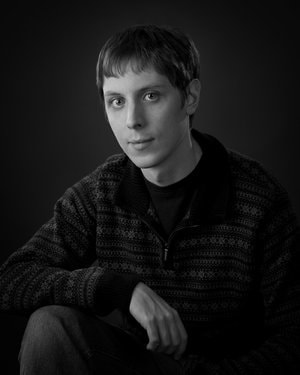
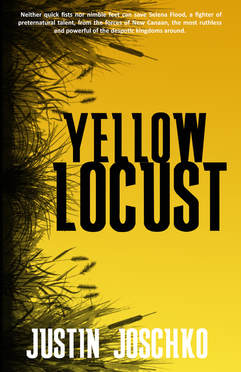
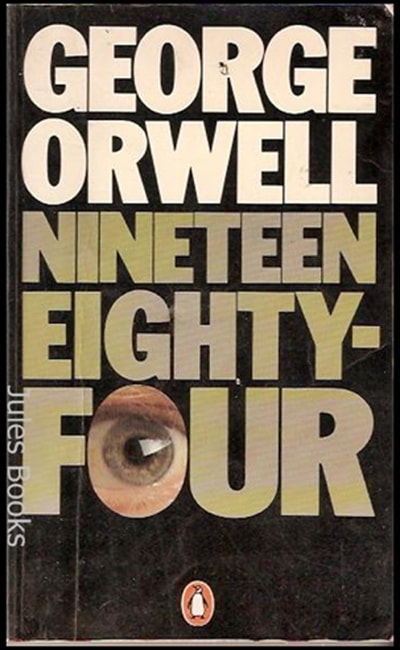

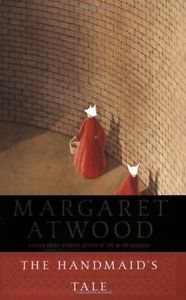
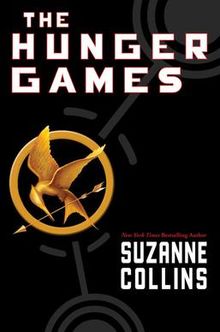
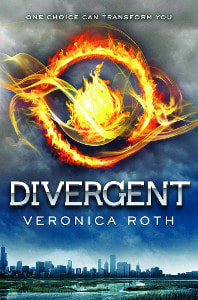
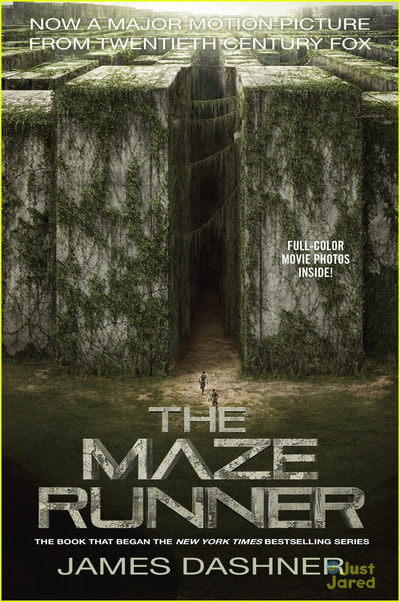

 RSS Feed
RSS Feed